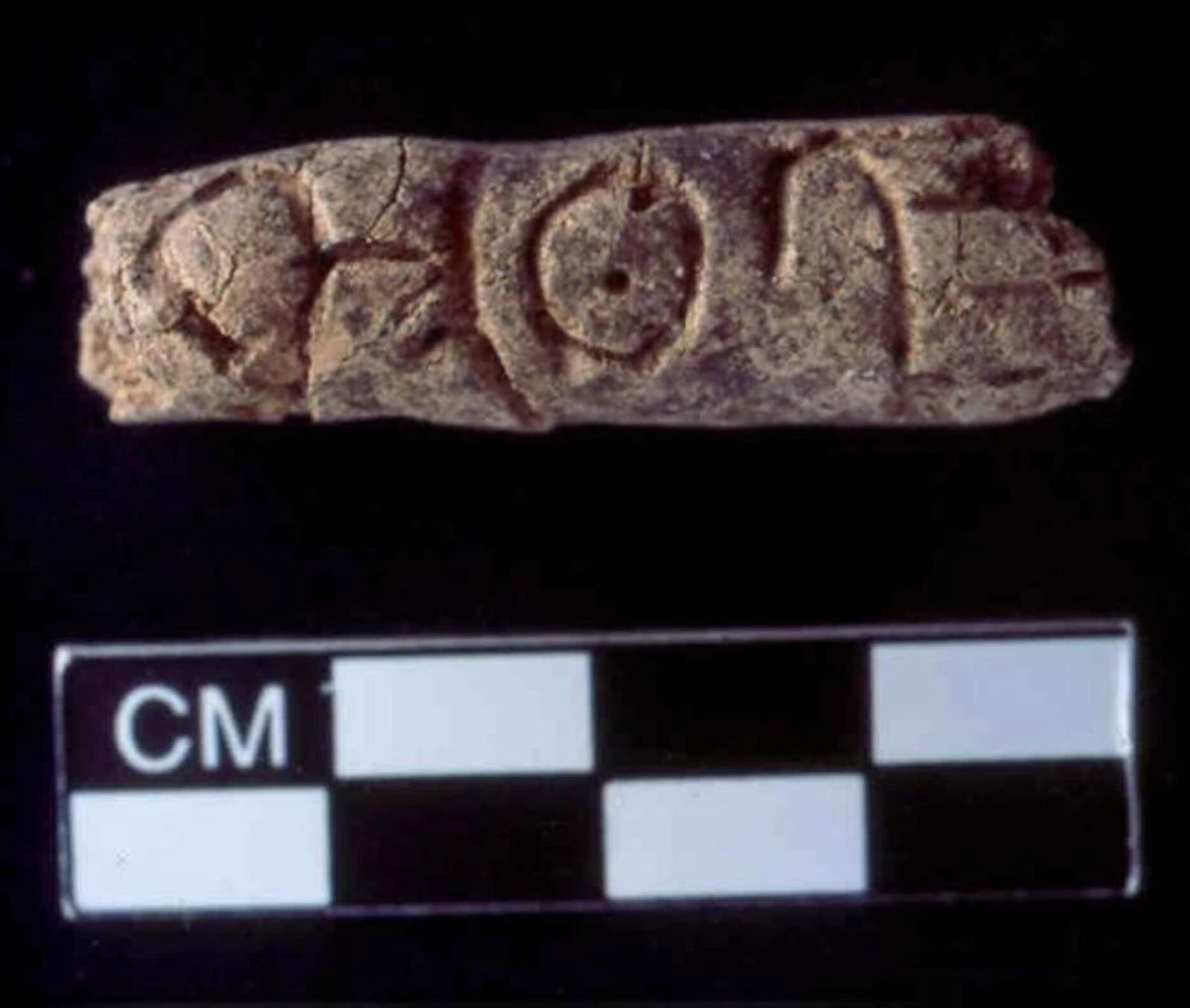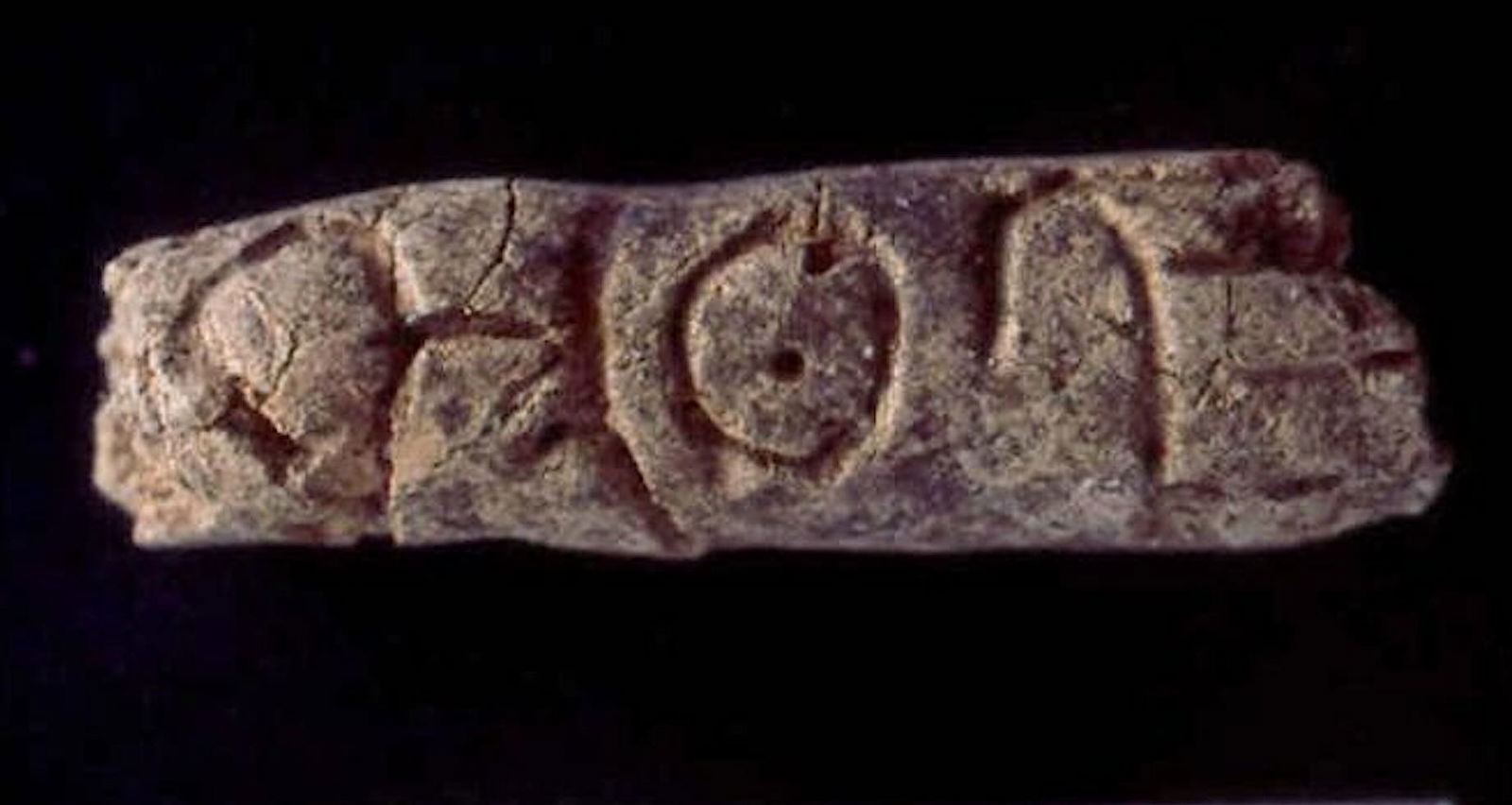A research team at Johns Hopkins University has discovered evidence of the world’s oldest alphabetic writing, carved onto finger-length clay cylinders, outdating other scripts by 500 years.
Recovered during excavations in a tomb in Syria, the writing is believed to date to around 2400 BCE. This new finding disrupts how archaeologists understand where the alphabet originated, and how it was shared across civilizations, societies, and cultures, leaving anthropologists with new questions about what the findings mean for early urban civilizations.
“Alphabets revolutionized writing by making it accessible to people beyond royalty and the socially elite,” said Glenn Schwartz, a professor of archaeology at Johns Hopkins University who discovered the clay cylinders in a statement. “Alphabetic writing changed the way people lived, how they thought, how they communicated.”
“And this new discovery shows that people were experimenting with new communication technologies much earlier and in a different location than we had imagined before now,” he added. Schwartz will share details of his discovery on Thursday, Nov. 21, at the American Society of Overseas Research’s Annual Meeting.
The discovery was unearthed during excavation of tombs from the Early Bronze Age at Tell Umm-el Marra. Schwartz’s primary research focus involves the rise of early urban areas in Syria, focusing on how smaller cities emerged. In collaboration with the University of Amsterdam, he co-directed a 16-year excavation at the Tell Umm-el Marra site, one of western Syria’s first medium-sized urban centers.


Among the most well-preserved tombs at the site had been one containing six skeletons, gold and silver jewelry, cookware, spearheads, and intact pottery vessels. Near the area where the pottery was located, the archaeologists discovered four lightly baked clay cylinders inscribed with what appears to be early alphabetic writing.
Using carbon-14 dating techniques, the researchers were able to confirm the ages of the tombs and their associated artifacts. “The cylinders were perforated, so I’m imagining a string tethering them to another object to act as a label,” Schwartz said. “Maybe they detail the contents of a vessel, or maybe where the vessel came from, or who it belonged to.”
“Without a means to translate the writing, we can only speculate,” he added.
“Previously, scholars thought the alphabet was invented in or around Egypt sometime after 1900 BCE,” Schwartz said.
“But our artifacts are older and from a different area on the map, suggesting the alphabet may have an entirely different origin story than we thought.”
Chrissy Newton is a PR professional and founder of VOCAB Communications. She currently appears on The Discovery Channel and Max and hosts the Rebelliously Curious podcast, which can be found on The Debrief’s YouTube Channel on all audio podcast streaming platforms. Follow her on X: @ChrissyNewton and at chrissynewton.com.

